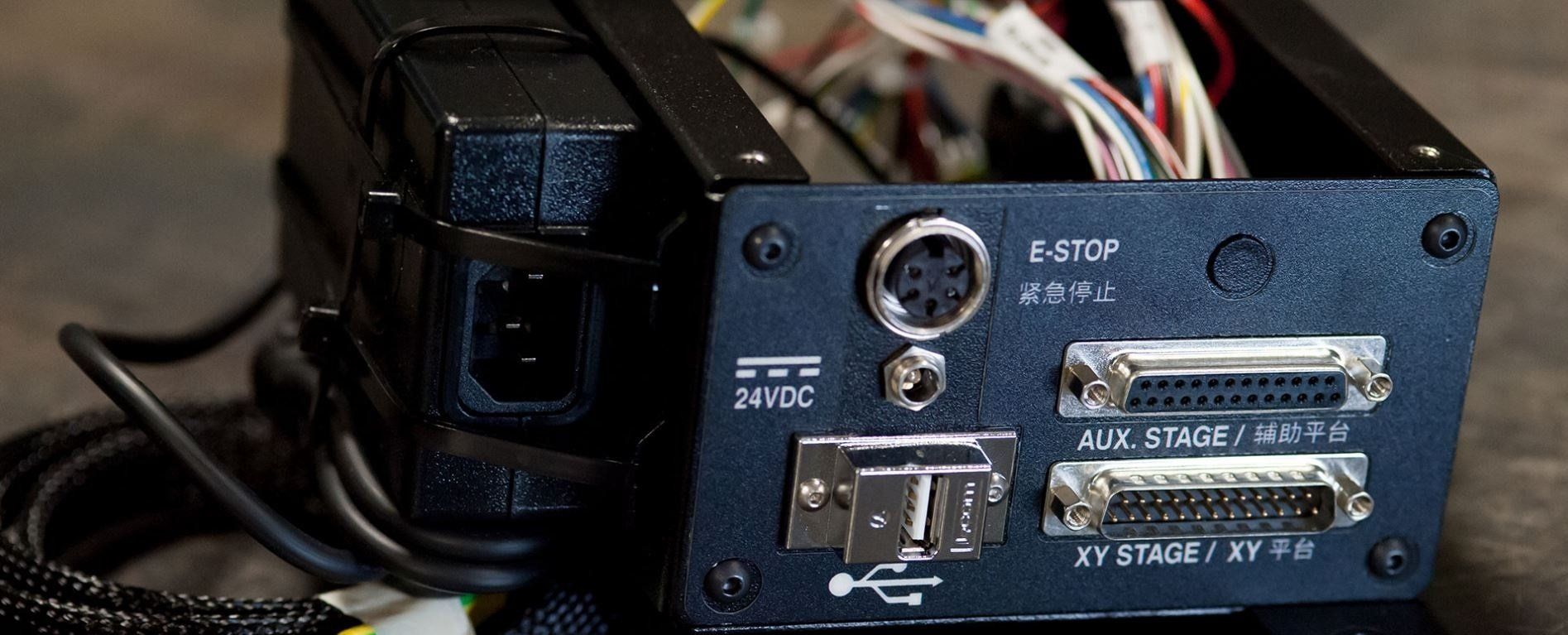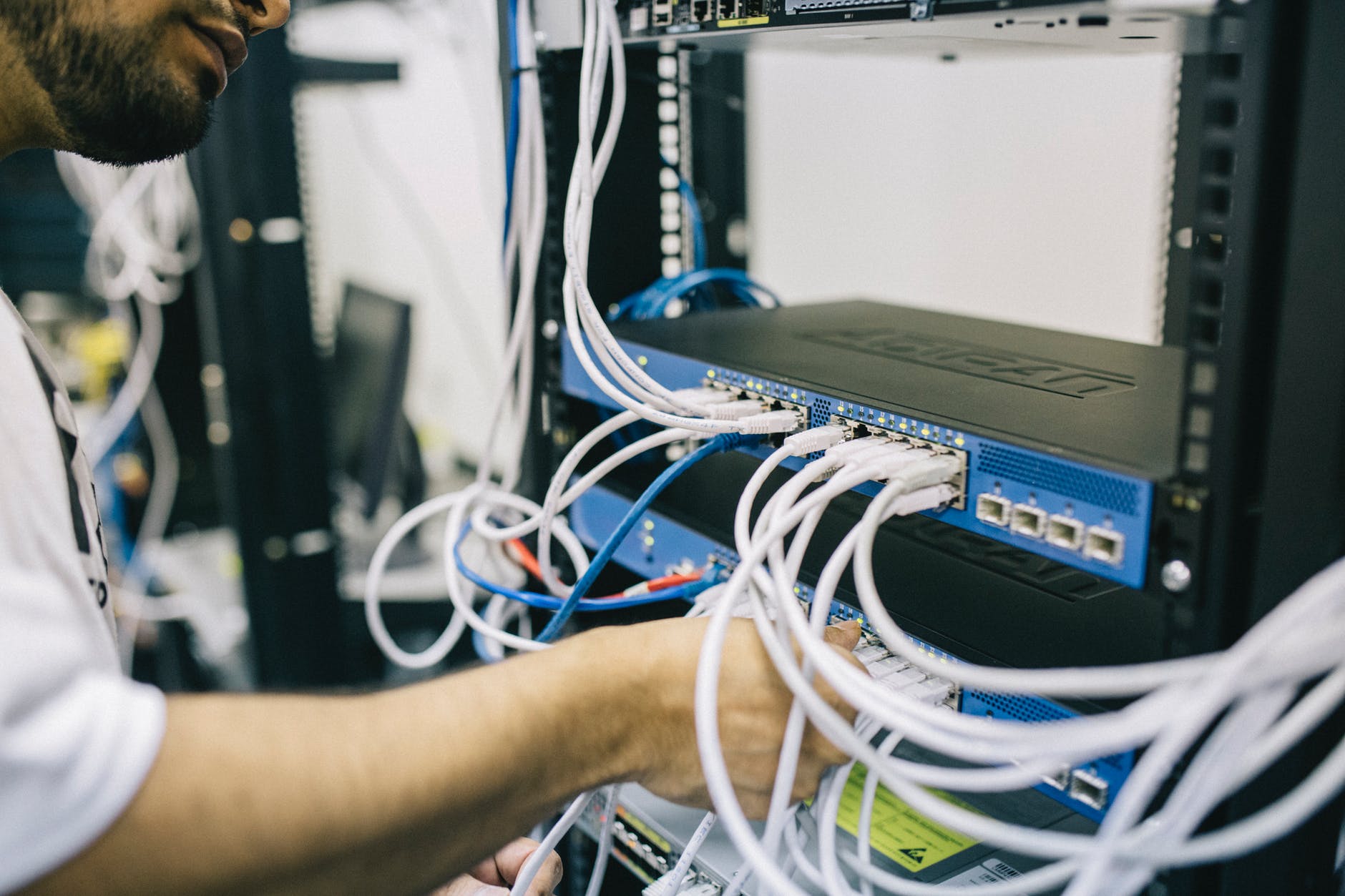All About Autonomous Vehicles- The Future Of Driving
Autonomous vehicles have moved a long way from hype to reality in a short time. They are without doubt the future of driving, which allows the driver to admire the scenery by driving them safely to the destination.
What is an autonomous vehicle?
Autonomous vehicles (AV) or driverless vehicles are the ones that can operate themselves and perform necessary actions without human intervention through the ability to sense surroundings. They use fully automated driving system that allow the vehicle to respond to outer conditions which would otherwise be managed manually.
The different levels in AV
There are 6 different levels of complexity when it comes to AVs.
Level 0- The car has no control over the operation and all the work is done manually.
Level 1- Advanced driver assistance system(ADAS) assists drivers with steering or accelerating etc.
Level 2- The ADAS can oversee braking, accelerating the driver will still have to pay complete attention in driving and rest of the necessary task.
Level 3- The Advanced Driving System (ADS) can perform all the tasks of driving, but human drivers should be able to regain control when requested to do so by the ADS.
Level 4- The vehicles ADS is able to do all the driving tasks independently in certain conditions where human intervention is not required.
Level 5- The final level where the vehicle does all the driving tasks by itself without human intervention. It uses 5G technology to do so. It allows the vehicles to communicate with other vehicles but also with traffic lights etc.
Adaptive Cruise Control (ACC)
One of the important features of AVs is that it can adjust the vehicles speed such that they maintain a safe distance infront of it to avoid accidents. The function relies on the use of sensors which helps them to brake on time. The sensors sense for any vehicles that is approaching them to get ahead, and the data is processed and appropriate information is sent to actuators that control the responsive factors like accelerating braking etc. Highly automated vehicles can respond to the signals in traffic lights and such non-vehicular activities.
Benefits Of Autonomous Vehicles
Safety- On the contrary to the common belief, autonomous vehicles can reduce accidents. Software driven vehicles can reduce the accidents caused to a large extent due to fewer errors in them.
Smooth traffic- With lesser accidents the traffic congestion is reduced and hence resulting in smoother traffic.
Driving for all- People who cannot drive, or whose driving is limited by age, or any other factor can take the help of AVs to drive without anyone's help.
Smooth Driving- They also help reduce driving fatigue enabling the driver to sleep during overnight journeys.
Challenges Involved In AVs
Expensive- The LiDARs are very expensive compared to the cameras and radars whose selling price ranges from $30- $50, while LiDARs range between $500- $1000.
Data processing- To process the data, give real time analysis and produce the needed output instantly can be challenging. To make it foolproof a myriad of sensors need to used and when the sensors usage increase again the price shoots up.
Like any other technology AVs when used in the right way it can pave way to a new future in driving.









